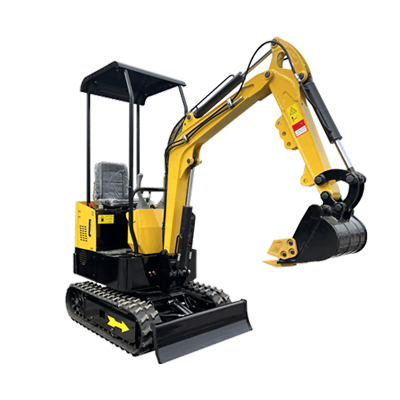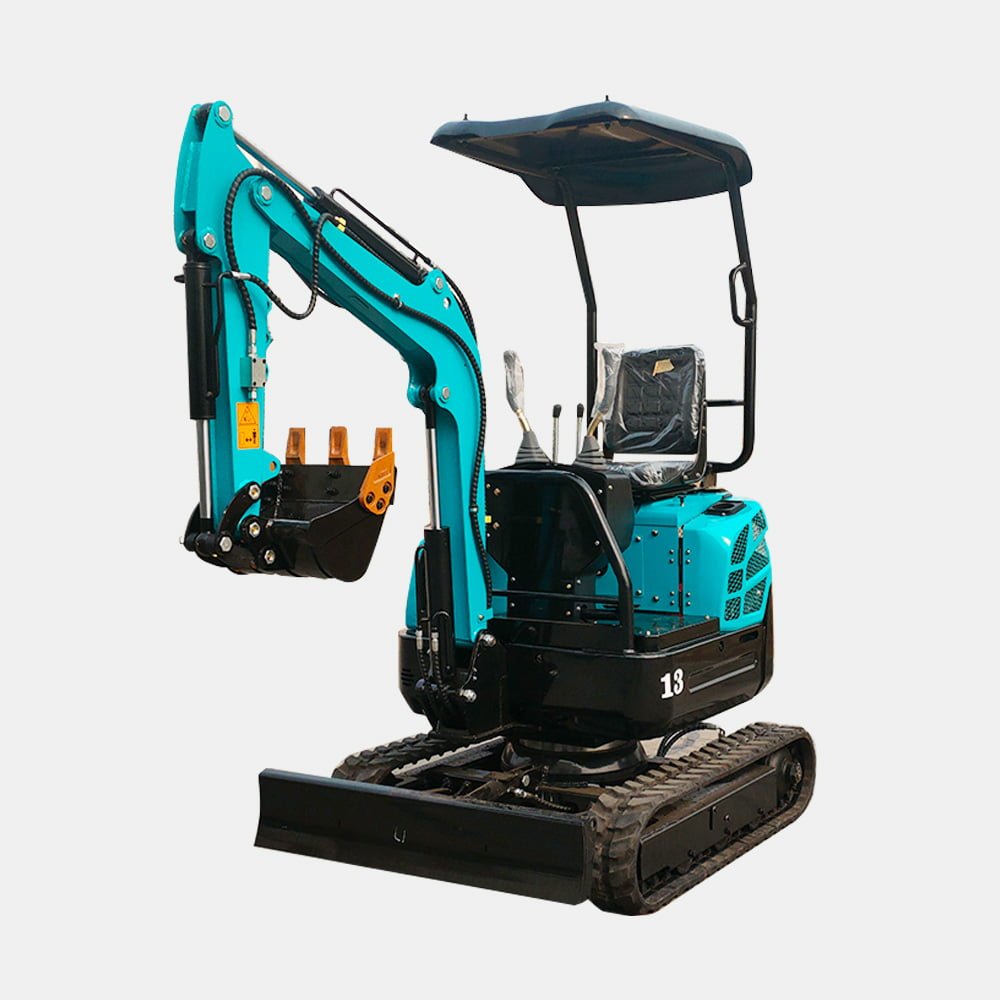Introduction
Also referred to as compact excavators or mini diggers, mini excavators are smaller excavating machines ideal for maneuvering within confined spaces like urban construction zones or accessing landscapes with weight-sensitive soils. But even these “mini” equipment carry tremendous heft – often weighing multiple tons despite their condensed size. Understanding operational weight ranges by size class and drive system helps equipment owners and buyers appropriately transport and leverage these machines without exceeding load limitations across various sites and terrains.
Weight Classifications

The broad mini excavator equipment category encompasses digging machines spanning from 1-ton micro-excavators to 10+ ton excavators on the larger end of the “compact” scale. Weights increase proportionally with machine power and bucket size capacity to handle tougher soils, as summarized in Table 1 below:
Table 1. Mini Excavator Weight Ranges
| Size Class | Approx. Weight (Tons) |
|---|---|
| Micro: 1 – 3 Ton | 1.5 – 4 tons |
| Mini: 4 – 6 Ton | 5 – 8 tons |
| Midi: 7 – 10 Ton | 9 – 12 tons |
While remaining under traditional large excavator weight thresholds near 20+ tons, even midi class models approaching 12,000 – 15,000 lbs demonstrate substantial density, complicating transport logistics.
Drive System Impact
The drive system also affects mini excavator weight distribution and total mass. Rubber tracked excavator configurations allow precision control and distribute ground force for minimal site disruption but the heavy tracked components increase overall chassis weight versus wheeled models by 15-25% for comparable dig depths and lift capacities, as Table 2 shows:
Table 2. Excavator Weight Difference – Wheels vs. Tracks
| Model | Wheeled Weight | Tracked Weight |
|---|---|---|
| 1 Ton Excavator | 1.7 tons | 2 tons |
| 6 Ton Excavator | 7 tons | 8.5 tons |
Mobilizing excavators to and from work sites requires accommodating oft-overlooked transportation weight burdens.
Vehicle Transport Options
Towing requirements and licensing constraints arise moving midi-sized units near 10 tons with limited highway trailer and light truck hauling capacities. Rapid deterioration of landscapes and infrastructure also prohibits longer distance self-driving. Among feasible transport options:
Heavy Haul Equipment Trailers: 20-25-ton rated trailers offer safe enclosed transport, require CDL licensing.
Machinery Skid Plates: Multi-ton skates enable truck winch loading but need set loading ramps.
Float Trailers: Extend excavator tracks onto flatbed platforms for delicate relocation capabilities.
Trucking Assistance: Dealer/rental company vehicle deliveries eliminate owner transport needs.
For routine mobilizations, incorporating transportability constraints during initial selections prevents highly impactful yet hidden operational barriers.
Weight Distribution Tactics

Preserving site integrity and achieving maximum excavation productivity means strategically distributing machine tonnage during operation, transport and storage. Some approaches include:
– Flotation Tracks: Larger contact area tracks prevent concentrate weights from sinking on soft soils.
– Counterweights: Adjustable counterweight locations fine-tune weight balance over treads/wheels.
– Outriggers: Extendable crawlers prevent tipping with offset digging loads.
– Ground Mats: Temporary interlocking roadway mats overlay soft terrain enabling short-distance driving between excavation locations on sites without damaging subgrade stability while smoothing transitional machine loading if relocating via trailers.
FAQs
How is excavator operating weight determined?
Operating weight equals the machine’s empty chassis plus the typical working attachments like boom, arm, bucket, full fuel tank and hydraulic fluids minus the operator’s body weight. Stated machine weights reasonably estimate field usage loading.
What requires CDL licensing around excavators?
In general, any vehicle with trailer over 10,000 lbs gross weight or machine itself exceeding 26,000 lbs falls under CDL commercial driver compliance involving health certifications, roadway inspections and driver logs.
Can mini excavators operate safely on slopes?
Tracked mini excavators 20,000 lbs and lighter maintain reasonable slope stability between 30-40% grades but require lowered buckets close to centers of gravity plus avoided sudden jerking actions even minor tilting risks rollovers.
Conclusion:How Much Do Mini Excavators Weigh
Once accounting for robust chassis materials against digging forces, heavily reinforced arms/booms, steel tracks and gasoline or diesel-filled tanks, compact mini excavators easily multiply from mere tons into daunting multi-thousand pound workhorses even before bucket and operator burdens. But understanding realistic weight bounds by machine size class and drive systems allows appropriate hauling preparations and leveraged operational tactics to sustain both sensitive site integrity as well as continuous mini excavator productivity across locations. Carefully managing their deceiving mass prevents unnecessary landscape damage or safety incidents.

